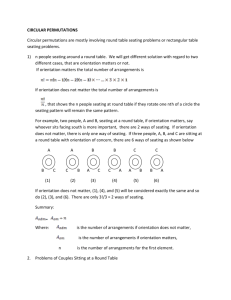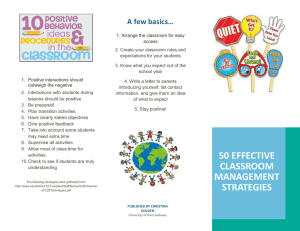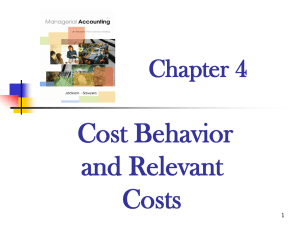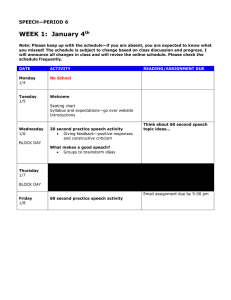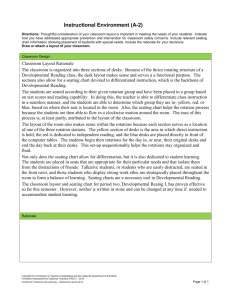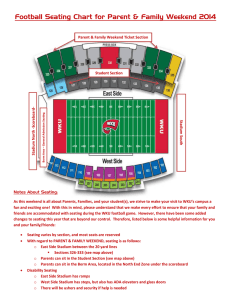Putting Students into Groups Putting students into groups is useful when playing academic games or tackling example problems. In groups, students can share ideas, solve problems, and learn from each other in order to gain a
advertisement
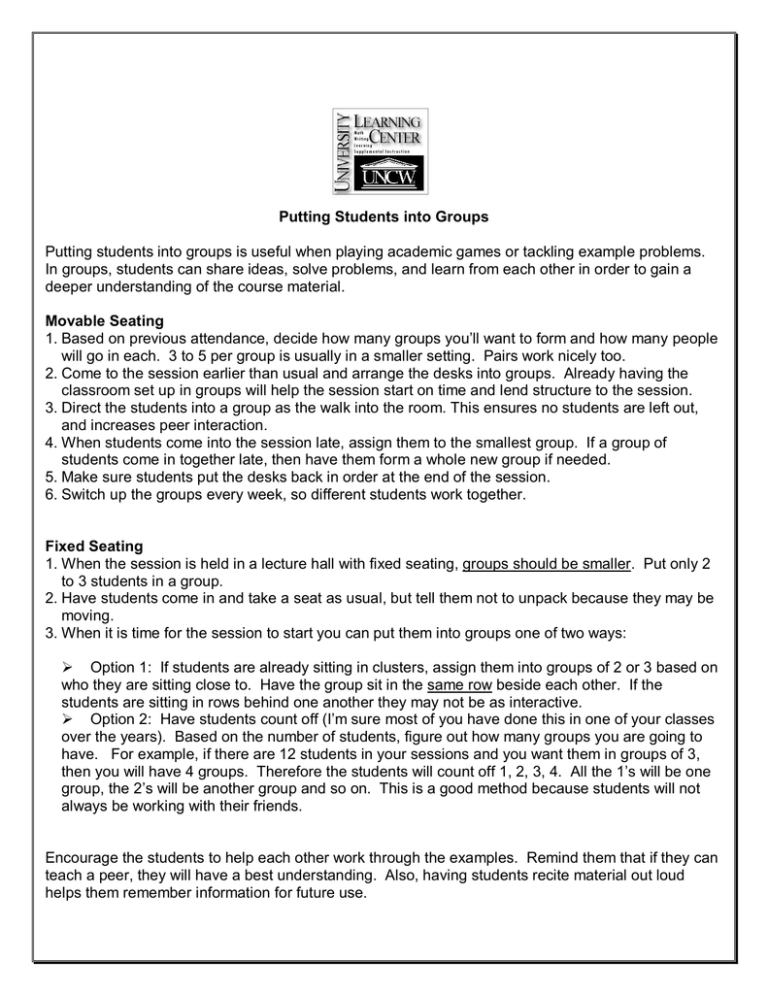
Putting Students into Groups Putting students into groups is useful when playing academic games or tackling example problems. In groups, students can share ideas, solve problems, and learn from each other in order to gain a deeper understanding of the course material. Movable Seating 1. Based on previous attendance, decide how many groups you’ll want to form and how many people will go in each. 3 to 5 per group is usually in a smaller setting. Pairs work nicely too. 2. Come to the session earlier than usual and arrange the desks into groups. Already having the classroom set up in groups will help the session start on time and lend structure to the session. 3. Direct the students into a group as the walk into the room. This ensures no students are left out, and increases peer interaction. 4. When students come into the session late, assign them to the smallest group. If a group of students come in together late, then have them form a whole new group if needed. 5. Make sure students put the desks back in order at the end of the session. 6. Switch up the groups every week, so different students work together. Fixed Seating 1. When the session is held in a lecture hall with fixed seating, groups should be smaller. Put only 2 to 3 students in a group. 2. Have students come in and take a seat as usual, but tell them not to unpack because they may be moving. 3. When it is time for the session to start you can put them into groups one of two ways: Ø Option 1: If students are already sitting in clusters, assign them into groups of 2 or 3 based on who they are sitting close to. Have the group sit in the same row beside each other. If the students are sitting in rows behind one another they may not be as interactive. Ø Option 2: Have students count off (I’m sure most of you have done this in one of your classes over the years). Based on the number of students, figure out how many groups you are going to have. For example, if there are 12 students in your sessions and you want them in groups of 3, then you will have 4 groups. Therefore the students will count off 1, 2, 3, 4. All the 1’s will be one group, the 2’s will be another group and so on. This is a good method because students will not always be working with their friends. Encourage the students to help each other work through the examples. Remind them that if they can teach a peer, they will have a best understanding. Also, having students recite material out loud helps them remember information for future use.
